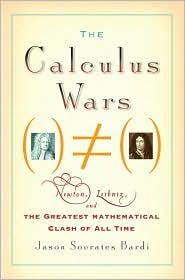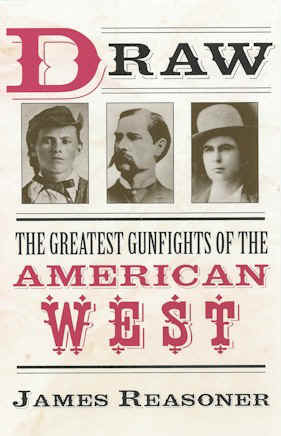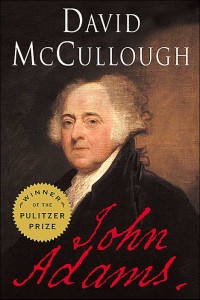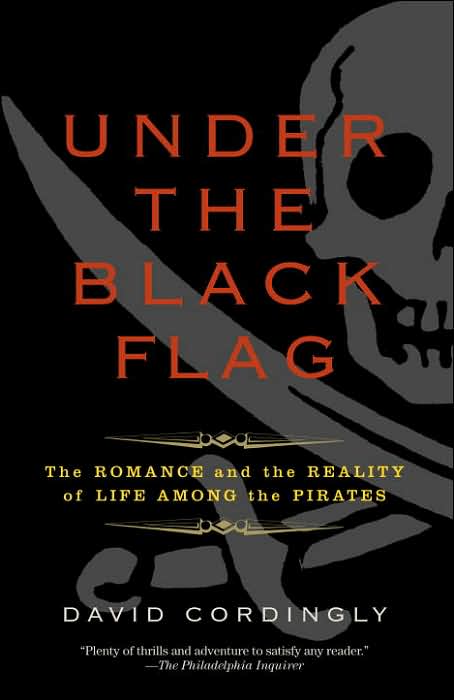 People outside of science often have the impression that the practice of science is a sort of altruistic pursuit of knowledge with all scientists working towards the same goal: increasing our understanding of the universe. And, in a very rough sense, this is true, if one looks at the development of science itself and ignores the personalities that are involved. However, if you look at the details, egos and the realities of limited funding often get in the way and produce dramas that are every bit as melodramatic as any other human endeavor.
People outside of science often have the impression that the practice of science is a sort of altruistic pursuit of knowledge with all scientists working towards the same goal: increasing our understanding of the universe. And, in a very rough sense, this is true, if one looks at the development of science itself and ignores the personalities that are involved. However, if you look at the details, egos and the realities of limited funding often get in the way and produce dramas that are every bit as melodramatic as any other human endeavor.
There is no better example of this than that described in The Calculus Wars by Jason Socrates Bardi. The Calculus Wars describe the development of calculus, today accepted to be independently discovered by Sir Isaac Newton and Gottfried Leibniz. In fact, while Newton tends to get more credit (he technically did discover it first, though Leibniz published first), our modern notation is due to Leibniz. When Leibniz first published his version, there was no big outcry. But, over the years, as Newton want to assert his primacy over the discovery, the fight between Newton and his people and Leibniz and his became downright nasty, culminating in assertions of plagiarism. In the end, Newton essentially won, as we tend to attribute calculus to him. But, to paraphrase Bardi, while the discovery of calculus illustrates the great heights the human mind can achieve, the war that develop between these two demonstrates the corresponding depths we can sink to.
To me, the most fascinating part of the story is the life of Leibniz. Here is a true genius, a man with no formal training in math (he was a lawyer) who taught himself what he needed to know to eventually develop calculus. He was a renaissance man befitting the word, with activities in mining, math, science, politics, law, and philosophy. He was in some sense the first geologist. He established the first scientific society in Germany. For all of his accomplishments and his genius, he languished in his later years researching a history of the genealogy of his sponsoring noble, an effort that both distracted from pursuits more befitting such a great mind and kept him in the backwaters of the scientific world. If Leibniz had the intellectual freedom that Newton did, one wonders what he might have achieved.
Overall, this was a highly entertaining account of two great intellectuals and their personal battle. It certainly makes me want to learn more about Leibniz. I highly recommend it to anyone who has even a casual interest in the history of math and science. While it does highlight the lows of scientific endeavor, showing the all too human face, I still believe that the scientific method is the most powerful way of looking at the universe that humanity has devised.



